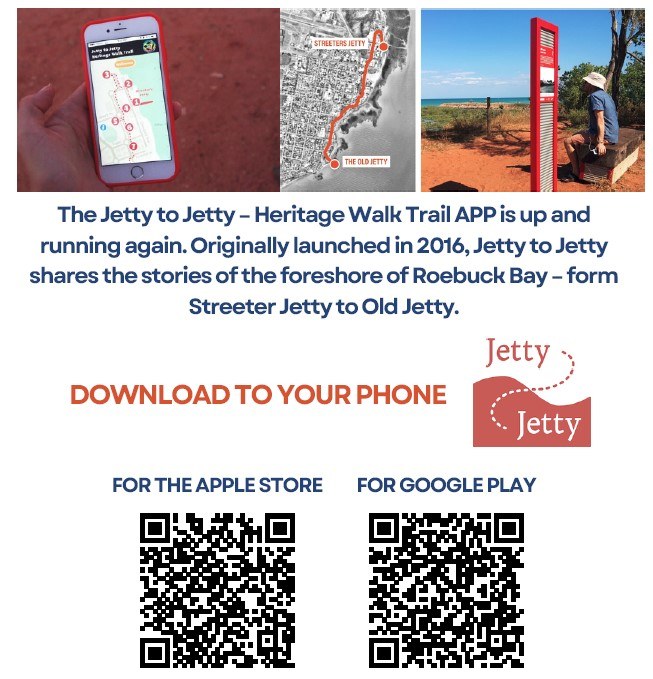
Broome Dinosaur Experience
Learn about what Broome was like then and the dinosaurs that roamed here. Your guide will be Dianne Bennett. Dianne works closely with palaeontologists from the University of Queensland and is a member of Dinosaur Coast Management Group.…


















